El Niño Induced Child Hunger Robbing Children of their Dreams in Malawi
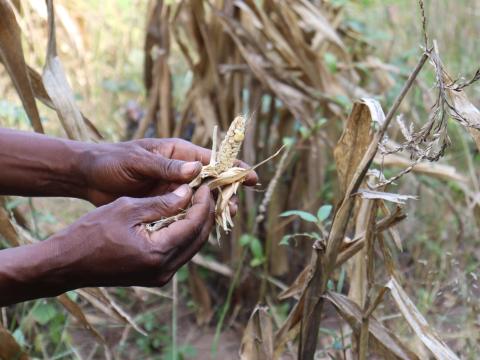
Aweza, 13, is visibly weak; she doesn’t look as vibrant as a teenager should. But this is because she is hungry. She says the last meal she had was the previous evening for supper. At this point, it has been more than 18 hours; it is now nearly 2 in the afternoon, and it remains uncertain if she will eat for the day.
“Lately we have been having one meal a day because we don’t have enough food. Sometimes we’ll eat in the afternoon, and sometimes at night, but it is always once a day”, she says.
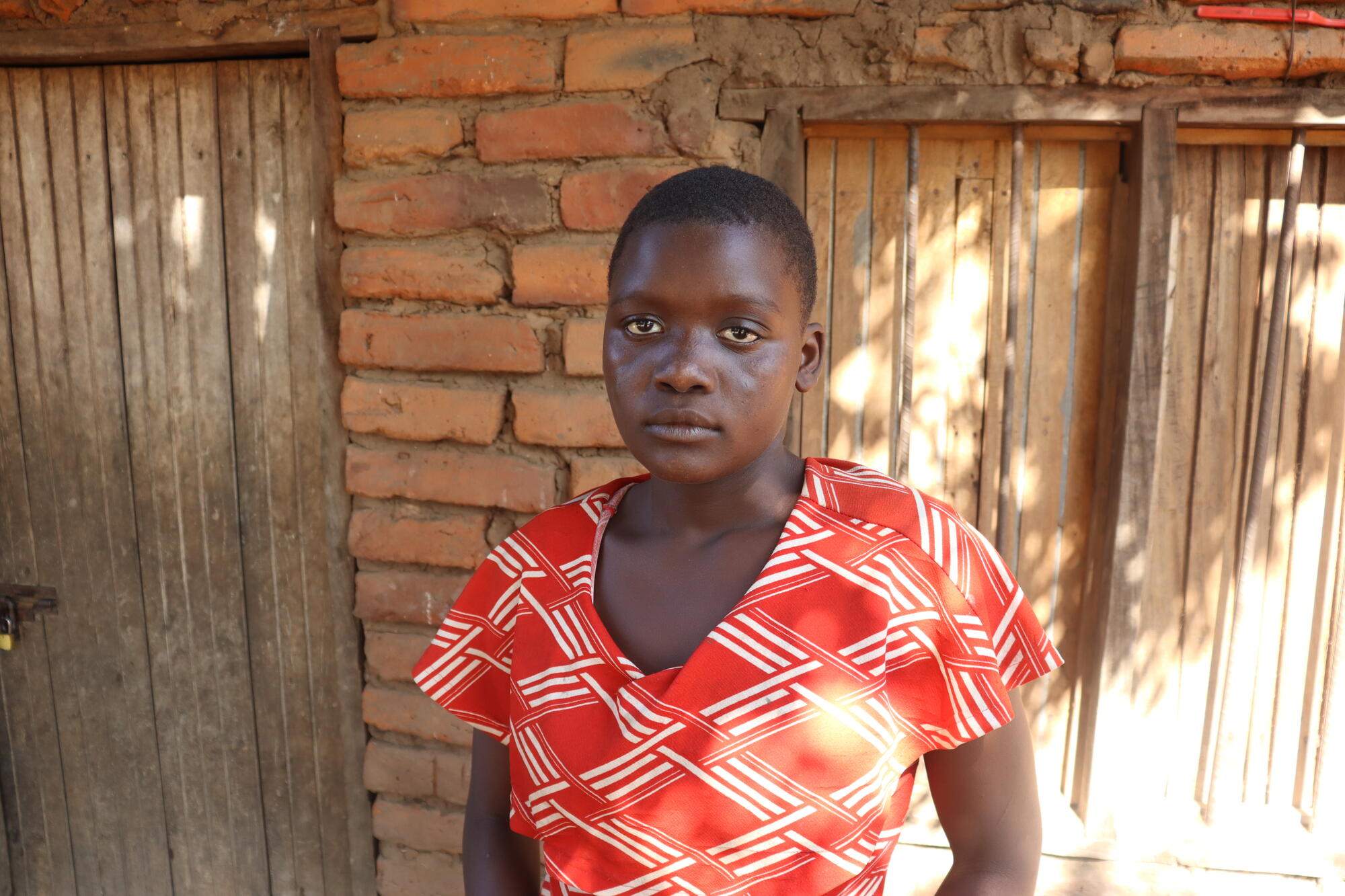
The meals available are neither nutritious nor diverse. She adds: “we eat nsima (hard porridge made from corn flour) with vegetables.” The vegetables are just boiled in a bit of water with a pinch of salt. When her parents have more money, they are able to afford some tomatoes and cooking oil, to add flavor to the meals.
Aweza knows why they do not have food; “it is because of the drought”. Coming from Chikwawa, which lies in the Shire Valley in the southern region of Malawi, her home is prone to natural disasters ranging from droughts, floods and pests that affect farming.
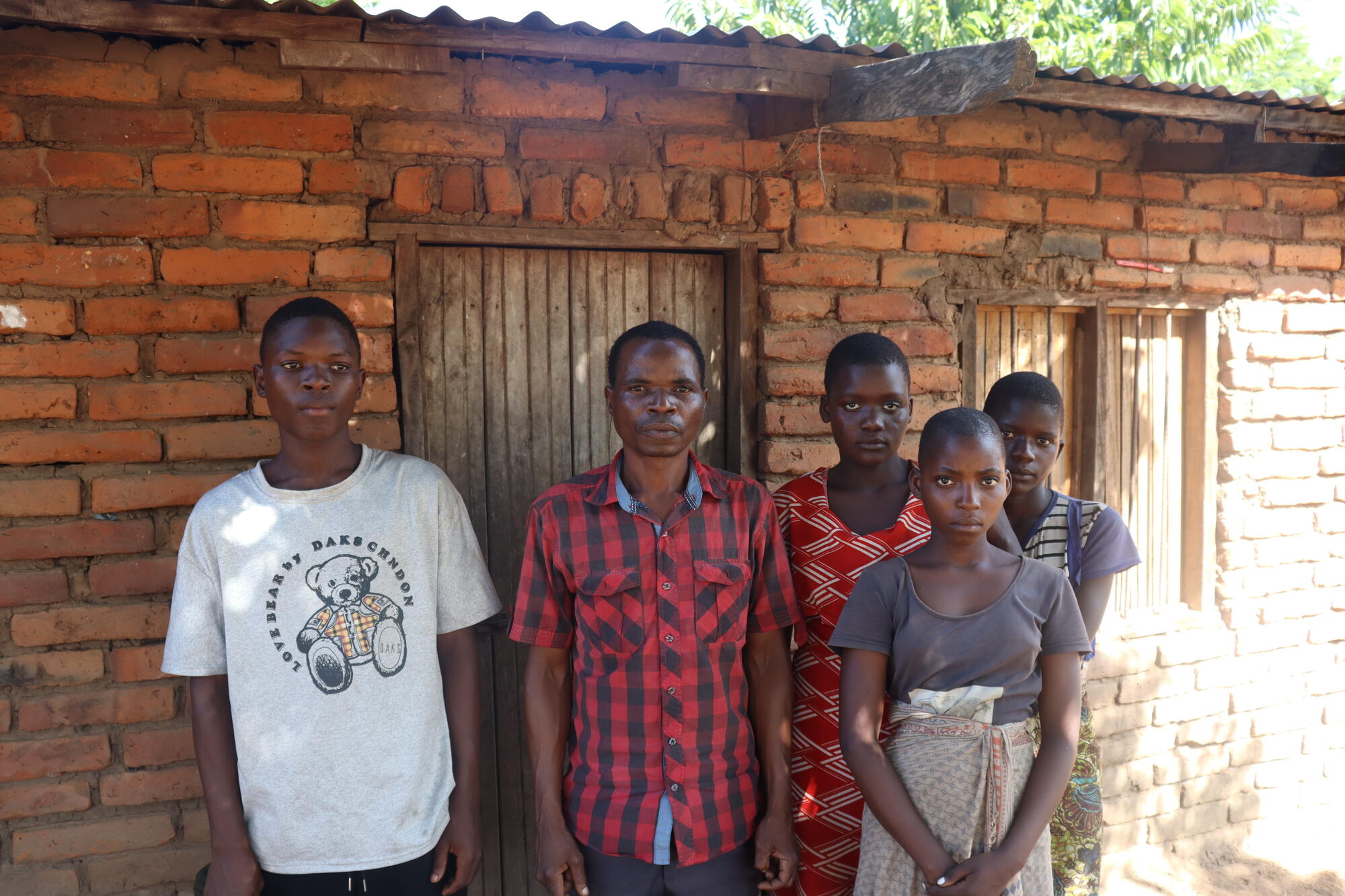
Aweza has 5 other siblings, and her father, Victor owns a piece of land measuring 1.5 acres.
“In a good year, I harvest as much as 25 bags of maize on this land, and for my wife and I, it is enough to feed our family of six children for the entire year. But this year has been very rough. During the cyclone Freddy in 2023, we lost all our crops. We were hoping this year would be better. Rains came in October, and we planted our maize. But alas, it didn’t rain again for so long, our crops withered.” Laments Victor.
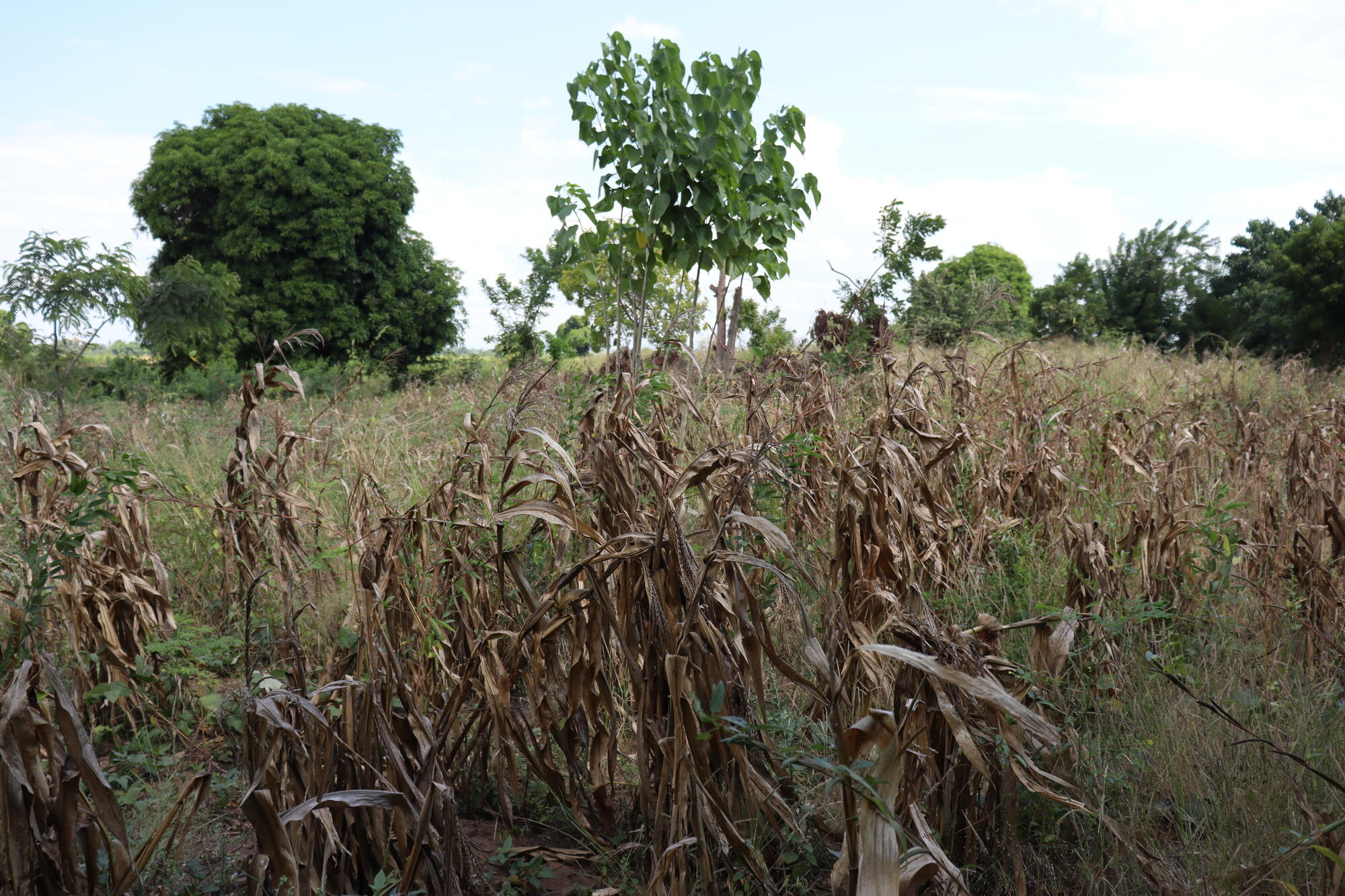
The El Niño weather conditions have caused a dry spell across multiple southern Africa countries, with Malawi experiencing the effects a double fold because communities are still recovering from the cyclone Freddy disaster.
Victor explains that rainfall has been intermittent, and not enough for the maize to flower and produce grain.
“I am distraught. I do not know what I will do to feed my family all year round. We didn’t harvest even a single bag from the fields. It’s tough.” Victor seems hopeless.
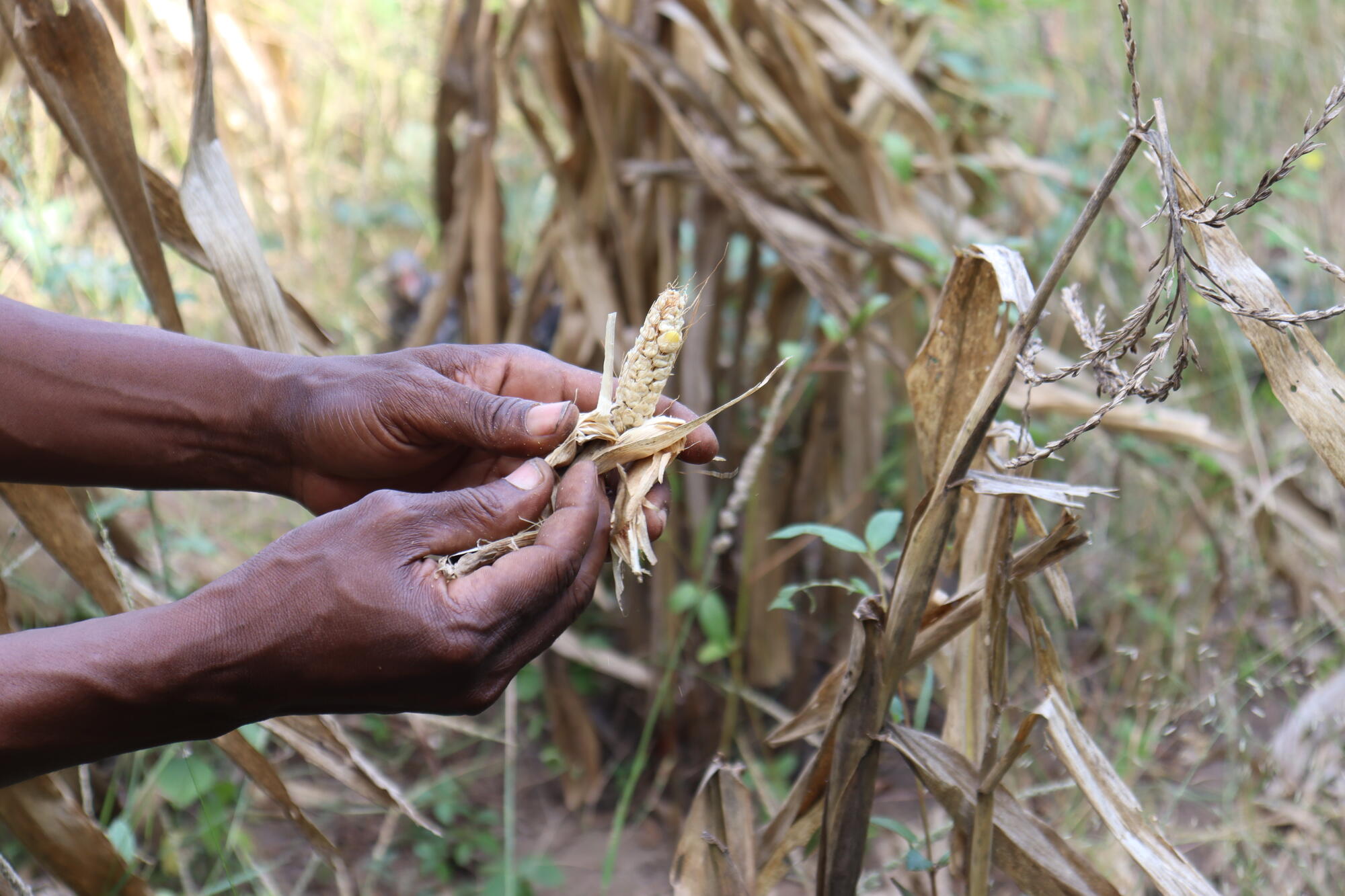
Unfortunately, Victor’s family is amongst millions of others that are feeling the pinch of the food scarcity. And like Victor, opportunities to make money are not a lot, as most are also trying to get by. On a good day, one should earn MK1, 500 from piece jobs, which is hardly enough to buy a small basin of corn flour which costs MK2, 500, in comparison to a 50kg bag of maize which costs at least MK35, 000 on a minimum.
According to the World Food Programme (Malawi), 5.4 million people are food insecure as 90% of the agriculture is rain fed. Unfortunately, more than 70% of these are children like Aweza who can’t fend for themselves.
Aweza wants to become a doctor, but she misses school so much because she is too hungry to walk the distance, or even focus when she gets there. The lack of food is not only affecting her health, but her future as well; the hunger could rob her of her dreams.